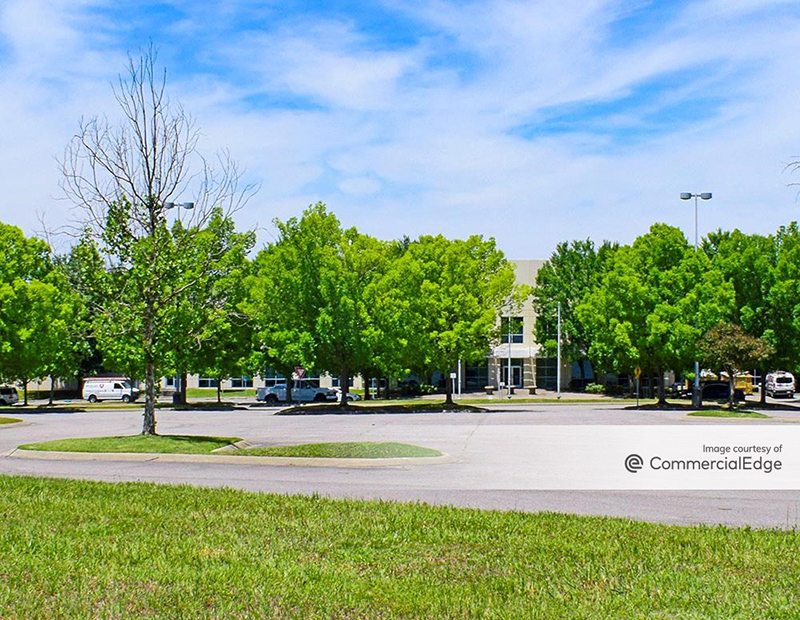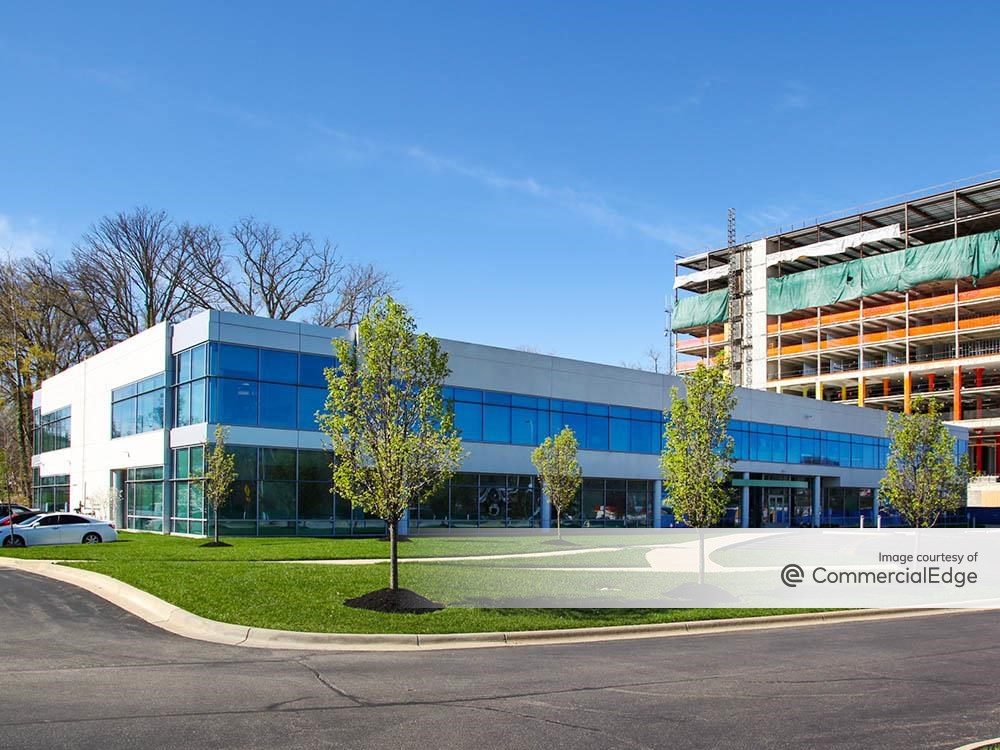Restructuring CMBS Loans, Part III
By Jay Maddox, Principal, Avison Young: The series conclusion reveals how to find the restructuring solution that works best for you.
By Jay Maddox, Principal, Avison Young
 Parts I and II of this series addressed the daunting challenges that borrowers with overleveraged, maturing CMBS loans face in today’s environment. But what about the different types of restructurings borrowers can consider for their loans? This article discusses the restructuring types that may be achievable, ranging from a simple loan extension to more complex, longer-term solutions.
Parts I and II of this series addressed the daunting challenges that borrowers with overleveraged, maturing CMBS loans face in today’s environment. But what about the different types of restructurings borrowers can consider for their loans? This article discusses the restructuring types that may be achievable, ranging from a simple loan extension to more complex, longer-term solutions.
Beginning the Process
As explained in Part II, the restructuring process can’t begin until administration of the loan is transferred from the master to the special servicer. It is advisable for the borrower to initiate this transfer well in advance of an actual default in order to provide some lead time to present a plan and negotiate a solution. Once the loan goes into default, the clock starts ticking, and costs can skyrocket due to late fees, penalty interest and special servicer costs and fees.
The most critical first step is to present a comprehensive, credible business plan to support the loan restructuring proposal. In most cases, the borrower’s proposal must include a meaningful contribution of new funds, and–most important–it must clearly demonstrate that it meets the servicer’s maximum present value recovery standard.
Types of CMBS Loan Modifications
- Short-term Extension: Short-term extensions are typically requested when the borrower is in the process of refinancing or selling. In most cases, the extension request will be coupled with a request for relief from default interest and late charges. The borrower will typically have to pay the special servicer an extension fee.
- Longer-term Extension: More distressed situations may require a more complex restructuring involving deferment or reduction of loan payments, a longer-term extension of the maturity date, replenishment and reallocation of reserves, and a waiver or deferral of late charges and/or default interest. The borrower must contribute new capital and pay the special servicer an extension or restructuring fee. Such transactions occur when the property value can be enhanced to a level that supports a future sale or refinancing, resulting in a full recovery.
- “A/B” Restructuring: Larger loans with significant new funds required to restabilize the property may be candidates for an “A/B” restructuring, which involves bifurcation of the loan into a performing “A” note (generally equivalent to the current fair market value of the property) and a “B” note for the remaining principal amount that is subordinated to a new cash equity injection. A/B restructurings facilitate new investment that would otherwise not be possible, helping to ensure a better outcome than a foreclosure. The special servicer will typically require new funds for property improvements and operating deficits, a partial principal pay down and a restructuring fee.
Alternative transactions such as short sales or discounted payoffs, while much in demand by borrowers, are very rare. A foreclosure usually derives a better result, and most special servicers will not even consider such proposals. If the servicer elects to sell the loan, it will engage a loan sale advisor or broker to ensure a competitive market process. The borrower is welcome to bid, but in most cases they don’t succeed in retaining the property.
CMBS loan restructurings are not for the faint of heart. The borrower must have patience, capital to invest and flexibility. There are many ways this can go wrong. Distressed borrowers should seek assistance from professionals that have a deep understanding of loan restructuring as well as access to rescue capital should that be required.
This is the final column in a three-part real estate finance series for CPE. Check out Part I and Part II for more background on the challenges borrowers face with maturing loans.







You must be logged in to post a comment.